English documentary on brain stroke with transcript and an embedded video for ESL learners. Improve your listening and reading comprehension and at the same time enrich your medical and scientific vocabulary in real context.
Source of documentary: TED-Ed YouTube channel
Listening comprehension on brain stroke
Reading comprehension on brain stroke
Brain stroke
Every two seconds, someone somewhere in the world experiences a stroke, and one out of every six people will have one at some point in their lives. Strokes deprive brain cells of oxygen and are one of the most common causes of death and a leading cause of preventable physical disability.
When someone experiences a stroke, quick medical care is critical, and can often help avoid permanent brain damage. But what causes strokes in the first place? And what can doctors do to treat them?
Causes of brain stroke
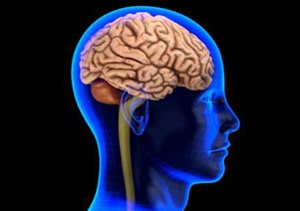
The brain makes up just 2% of your body’s mass, but consumes more than 20% of the oxygen in your blood. That oxygen is carried to the brain through a system of arteries. Carotid arteries supply the front of the brain, and vertebral arteries supply the back.
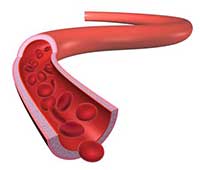
These are connected to each other, and divide into smaller and smaller vessels that get billions of neurons the oxygen they need. If the blood flow is interrupted, oxygen delivery stops and brain cells die.
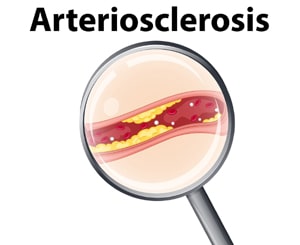
There are two ways this can happen. Hemorrhagic strokes are when a perforated vessel allows blood to leak out. But the more common type is the ischemic stroke when a clot blocks a vessel and brings blood flow to a halt.
The origin of clots
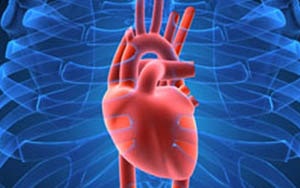
Where do these clots come from? On rare occasions, a sudden change in heart rhythm prevents the upper chambers of the heart from contracting normally. This slows down blood flow, allowing platelets, clotting factors, and fibrin to stick together.
The clot can be carried up towards the arteries and blood vessels supplying the brain until it gets to one it can’t squeeze through. This is called an embolism and it cuts off the oxygen supply to all the cells downstream.
Aphasia and brain stroke
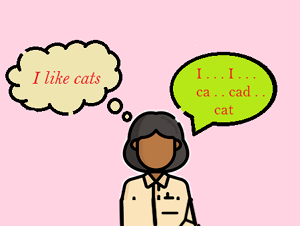
The brain doesn’t have pain receptors, so you can’t feel the blockage itself. But oxygen deprivation slows brain function and can have sudden, noticeable effects. For example, if the affected area is responsible for speech, an individual’s words may be slurred.
If the stroke affects a part of the brain that controls muscle movement, it can cause weakness, often just on one side of the body. When this happens, the body will immediately try to compensate by diverting blood flow to the affected area, but this isn’t a perfect solution.
Urgent medical care
Eventually, the oxygen-deprived cells will start to die, leading to brain damage that may be severe or permanent. That’s why it’s important to get medical care as fast as possible.
The first line of treatment is an intravenous medication called Tissue Plasminogen Activator, which can break up the blood clot and allow blood to flow again in the compromised artery. If it’s delivered within a few hours, this medication greatly increases the chance of surviving the stroke and avoiding permanent consequences.
If Tissue Plasminogen Activator cannot be given because the patient is on certain medications, has history of major bleeding, or the clot is particularly large, doctors can perform a procedure called an endovascular thrombectomy.
Using a fluorescent dye that illuminates the blood vessels under a strong x-ray, the physician inserts a long, thin, flexible tube called a catheter into an artery in the leg and maneuvers it all the way to the blockage. A retriever is passed through this catheter. It expands and anchors into the clot when it’s just past it.
The catheter then pulls the clot out when it’s removed. These treatments need to be delivered as soon as possible to preserve brain function, which means figuring out fast if someone is having a stroke. So how can you tell? Here are three quick things to try:
Signs of brain stroke
- Ask the person to smile. A crooked mouth or facial drooping can indicate muscle weakness.
- Ask them to raise their arms. If one drifts downward, that arm weakness is also a sign of a stroke.
- Ask them to repeat a simple word or phrase. If their speech sounds slurred or strange, it could mean that the language area of their brain is oxygen-deprived.
This is sometimes called the FAST test, and the T stands for time. If you see any of those signs, call emergency services right away. Lives may depend on it.


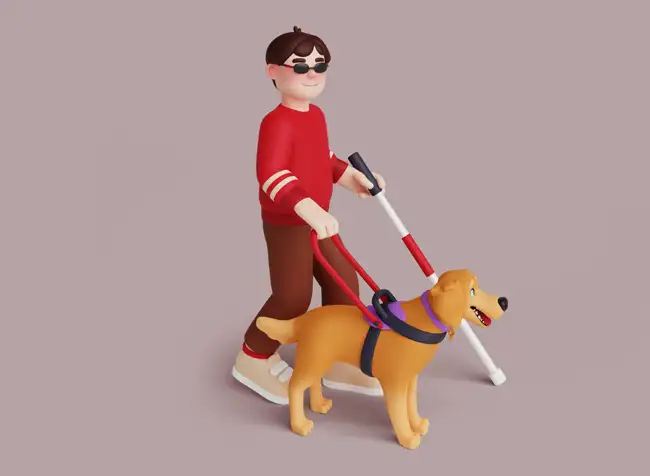

It is important for us to know how to act as quickly as possible when such a thing happens like a brain stroke. Such a tiny thing that our own body made it can cause such a big problem.
That’s right. We can feel pain throughout our body, thanks to our brain. Yet ironically, the brain receptors are numb and senseless and they cannot detect pain caused inside itself.
This documentary was really interesting and I really like that how you get a brain stroke. When I was a kid I saw a film that was saying one man dies because of brain stroke. And like 2 years ago I’d see on internet that died from brain stroke because that The brain makes up just 2% of your body’s mass, but consumes more than 20% of the oxygen in your blood. That oxygen is carried to the brain through a system of arteries. Carotid arteries supply the front of the brain, and vertebral arteries supply the back
These are connected to each other, and divide into smaller and smaller vessels that get billions of neurons the oxygen they need. If the blood flow is interrupted, oxygen delivery stops and brain cells die. It is really bad that your brain doesn’t have any pain receptors and you well die without noticing.
Glad to see your comments are getting longer and more serious.
Feedback
* on the internet
* I had seen
Thanks doctor.
You’re so welcome.
How complicated and how precisely worked and really important our brain is. Witout dout our brain is the most sophisticated organ in our body managing our body physiology and acting as a great leader to other organs. One important fact about brain cells is that they are irriplaceble and if any injury leads to their death it leads to a permanent defect since that cell cannot be replaced by another new cell. Because of the great importance of our brain nature try to keep it safe for us as much as possible by hiding and keeping it in a very hard safebox called skull. The skull consists of several hard bones safeguard our brain to that level that minor and most intermediate and even seme major traumas cannot have deleterious effects in our brain. How fortunate we are to have such great leader in our body who is soft but nature keeps it for us so precise. But the skull like any other security system has its own disadvantages and one big problem is that it provides less room for brain that cannot be expand so any hemorrhage even a minor one within our brainb can lead to stroke with such terrible outcomes.
Thank you for your detailed comment, Dr. Hooshmand!
Feedback
* irreplaceable
* … hard bones that safeguard …
* seme = same
* such a great leader
* cannot be expand = cannot expand